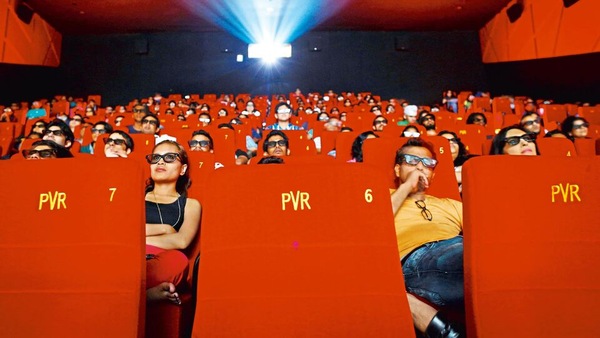Multliplex demand worries Punjabi moviemakers

- Lata Jha
LiveMint
Last Updated: 01.25 AM, Apr 08, 2023
Multiplex operators in Punjab have been demanding an eight-week window between the theatrical and digital premiere of films, the norm prior to the pandemic, even as the regional film industry struggles with low footfalls and limited run in cinemas.
Producers feel that the move is monopolistic as two large chains, PVR and Inox Leisure, have merged and can now dictate terms. Industry experts say it’s a fair ask given industries across India should follow standard practices, but the producers argue that it’s unfair on industries like the one in Punjab that’s already battling lower revenues.
A few weeks ago, Zee Studios wrote to the Producers Guild of India pointing to the ‘ad-hoc and lopsided change’ in the OTT release window by major multiplex firms in Punjab. “It is unfortunate that major multiplexes operating in the Punjab industry have taken an inequitable stand of changing the theatrical window to eight weeks instead of the previously agreed four weeks. These major multiplexes insist that Punjabi producers/distributors sign a letter/undertaking before the release of a Punjabi film agreeing to an eight-week holdback window, failing which the said major multiplexes refuse to screen the film in their multiplexes/cinemas,” Zee said.
According to Zee, an industry that has been struggling to find its feet post the pandemic to stay profitable has been short-changed due to a unilateral decision by the newly -merged, major multiplexes playing Punjabi film content.
Zee also pointed out that Punjabi films get the lowest percentage share among all film categories, despite average ticket rates being similar to those of Hindi films.
In March 2022, the boards of PVR and Inox approved an all-stock merger of the companies to create India’s largest film exhibitor with a network of more than 1,500 screens. The two companies didn’t respond to queries on the conflict among producers and exhibitors in Punjab.
Several trade experts agree that non-Hindi language films, including from the South, have been granted a four-week window across the country. “Exhibitors are looking for a standard benchmark across the country, so in that sense, it is a fair ask in order to ensure that audiences come to cinemas. However, there cannot be a one-size fits all approach,” said a film producer, declining to be named.
The person added that Hindi film producers, who work closely with multiplex chains and derive large chunks of their overall revenues from them, have been easily tamed to revert to the eight-week window even though movies continue to see low footfalls in cinemas and box office remains uncertain. “These tactics cannot work in the south which works on its own terms and has close relationships with single screens, which are still present in significant numbers there,” the person added.
Film distributor and exhibitor Sunny Khanna said the issue is if audiences know the film will be streaming at home soon, they are unlikely to turn up to cinemas. “If the period is fixed at eight weeks, they will be more enthusiastic to watch it soon,” Khanna said.
